Interest in gardening had grown out of the boom in country house building during the reign of Queen Elizabeth I. The country house poem became a well-established subgenre, with works that praised magnificent country seats and the idyllic gardens that surrounded them. The great herbals catalogued and illustrated the flowers and plants that filled these gardens.
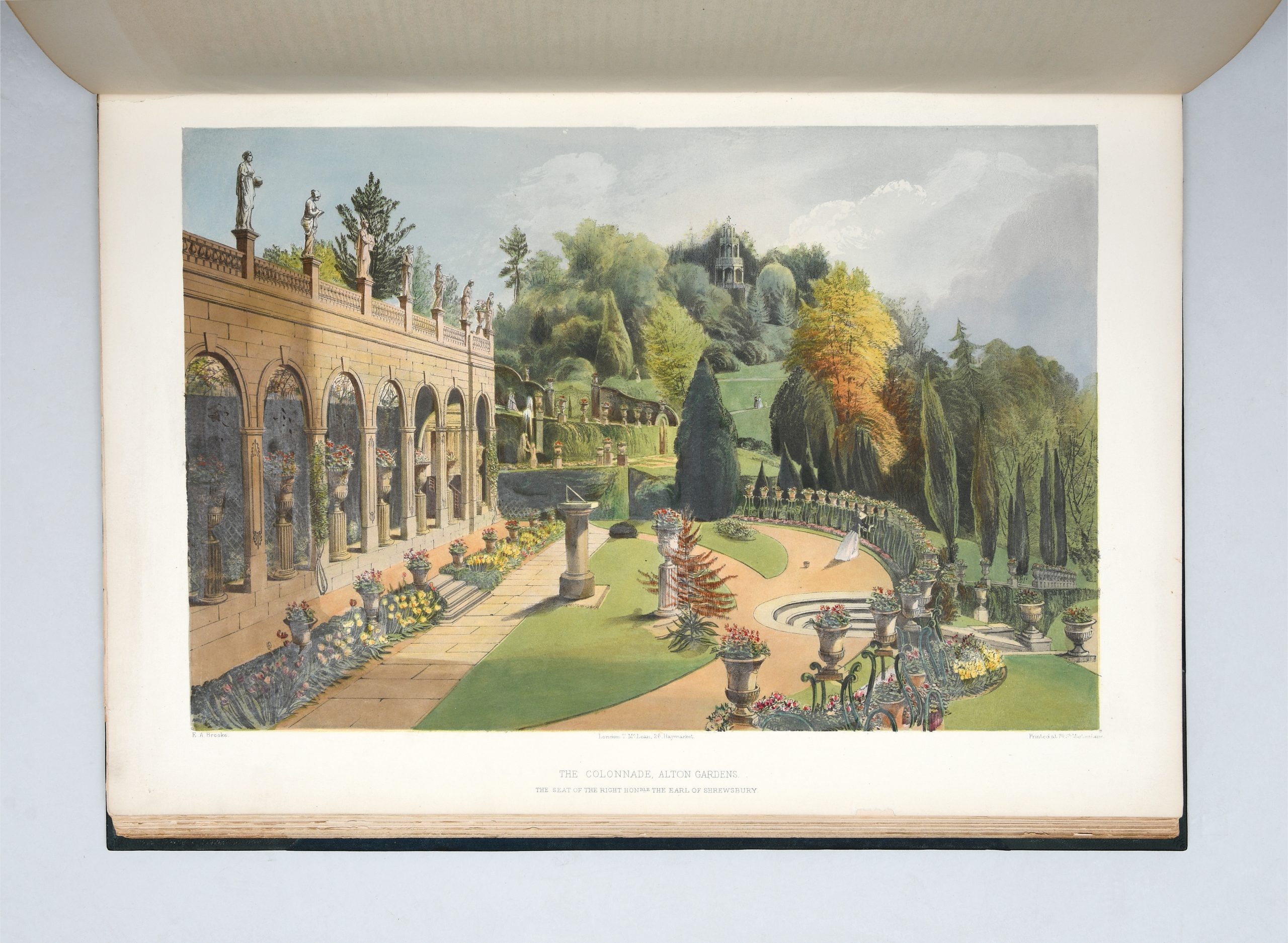
An illustration from Adveno E. Brooke’s The Gardens of England (1857), a rare large format work providing superb illustrations of English country house gardens in the Victorian era.
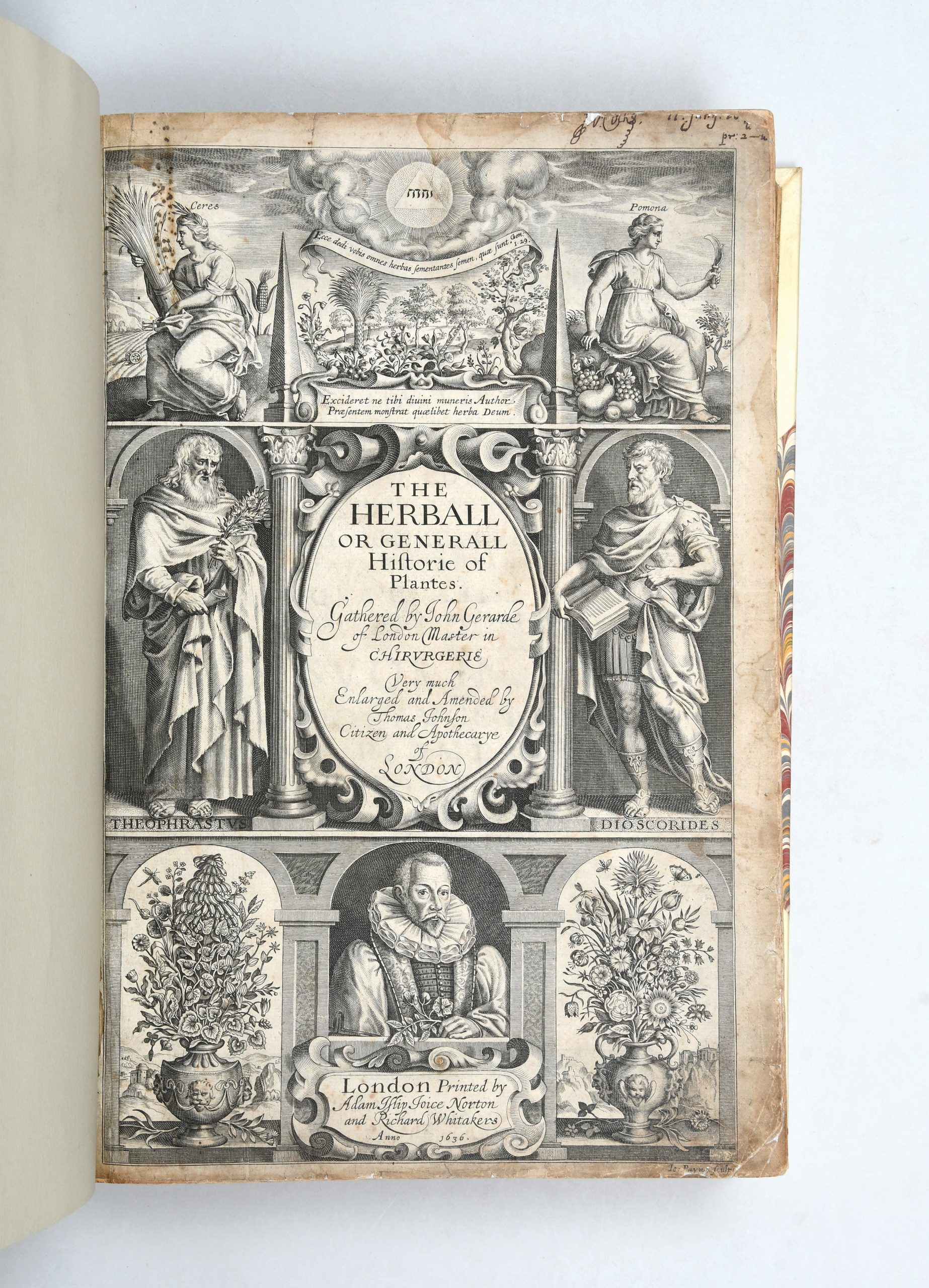
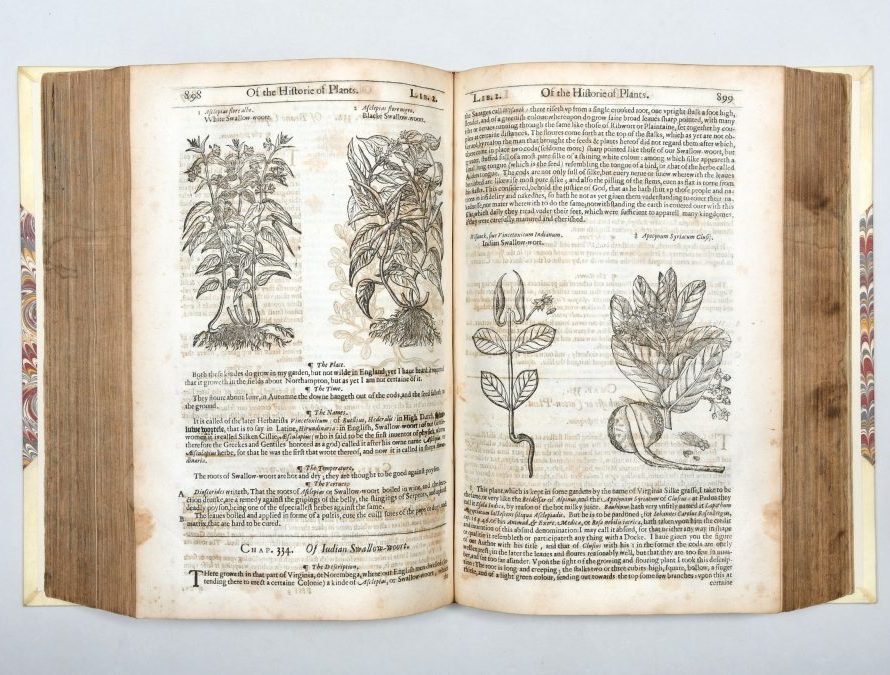
Second edition of John Gerard’s The Herball or Generall Historie of Plantes, revised and expanded in 1633.
Hugh Walpole famously wrote of architect and landscape gardener William Kent, “he leaped the fence, and saw that all nature was a garden”. In the 18th century, landscape gardening and improvements sculpted English garden into less formal and more natural vistas. Largely supplanting the French formal garden, which had been the predominant style amongst landowners in the 17th century, the new informal English style presented a more pastoral version of the garden. Lancelot “Capability” Brown was one of the most influential figures at the heart of the great age of the English garden, eliminating the traditional understanding of a ‘garden’ as a series of geometrically laid out beds near to the house, with rolling lawns and views to far-off stands of trees. Artificial lakes and streams further sought to emulate the natural features of the English countryside. Amongst the great gardens designed by Brown are those of Chatsworth House in Derbyshire, Blenheim Palace in Oxfordshire, and Petworth House in West Sussex. Often regarded as Brown’s successor, Humphry Repton coined the term ‘landscape gardener’, and produced innovative ‘red books’ (so called for their bindings) which utilised a a system of clever paper overlays to help his clients visualise a ‘before’ and ‘after’ of their gardens. While initially defending Brown’s landscapes from the charge of being ‘bland’ during the so-called ‘picturesque controversy’, Repton later adopted sensibilities taken from the theory of the picturesque into his designs. Under his guidance, gardens were designed to emulate a picturesque painting, with a foreground of more formal gardens, a middle ground of rolling parkland of the kind introduced by Brown, and a background with a more wild and natural character.
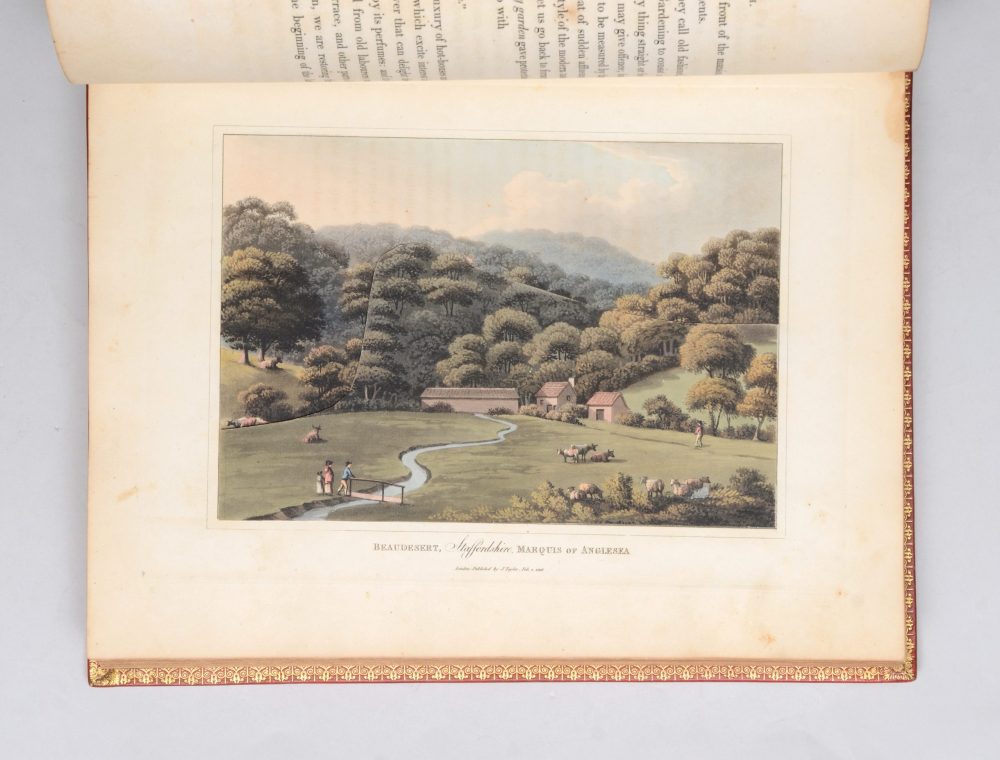
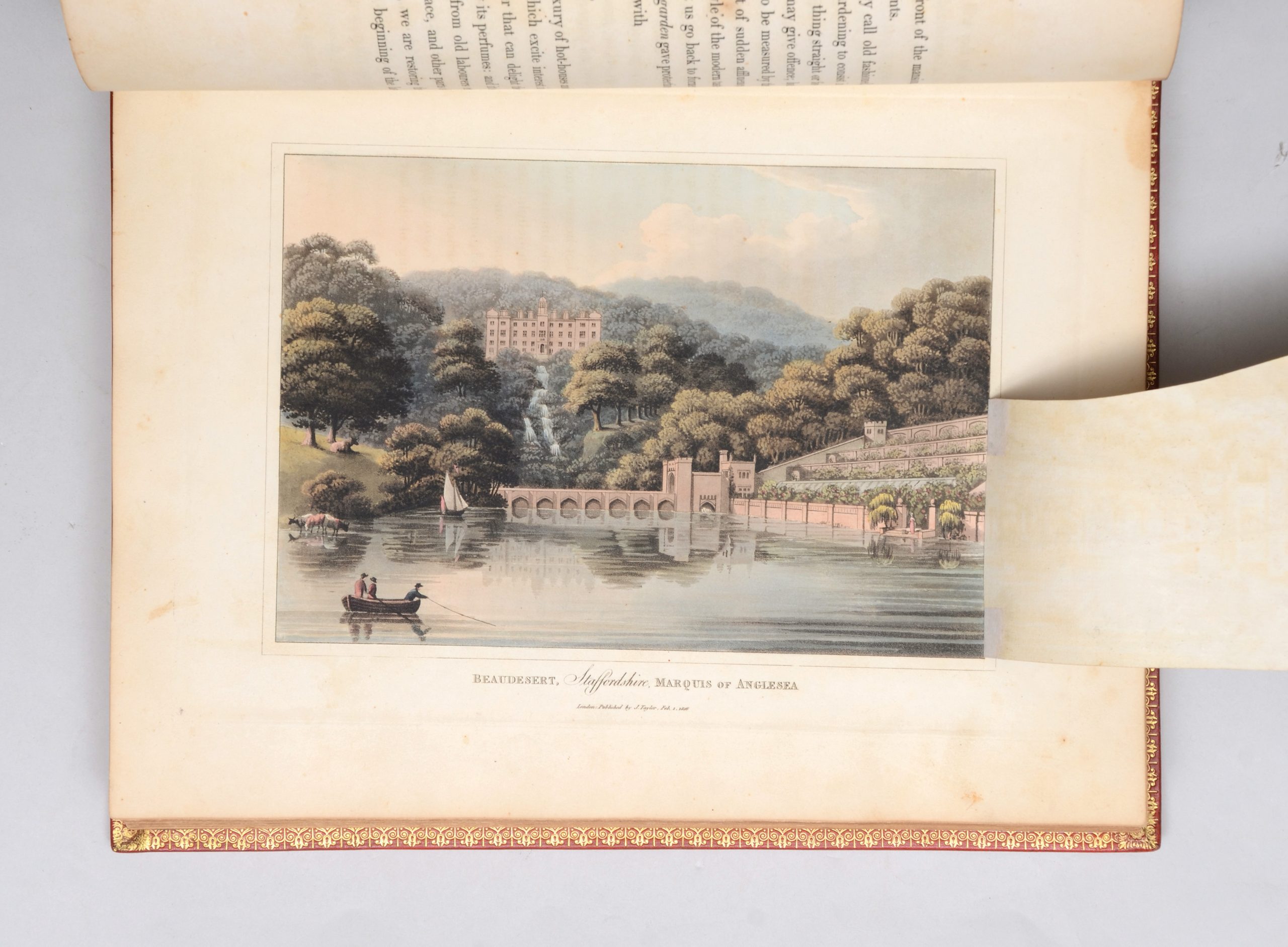
First edition of Humphry Repton’s last treatise on landscape gardening, 1816, illustrated in the familiar Repton manner, with overslips used to show the changed landscape before and after his improvements.
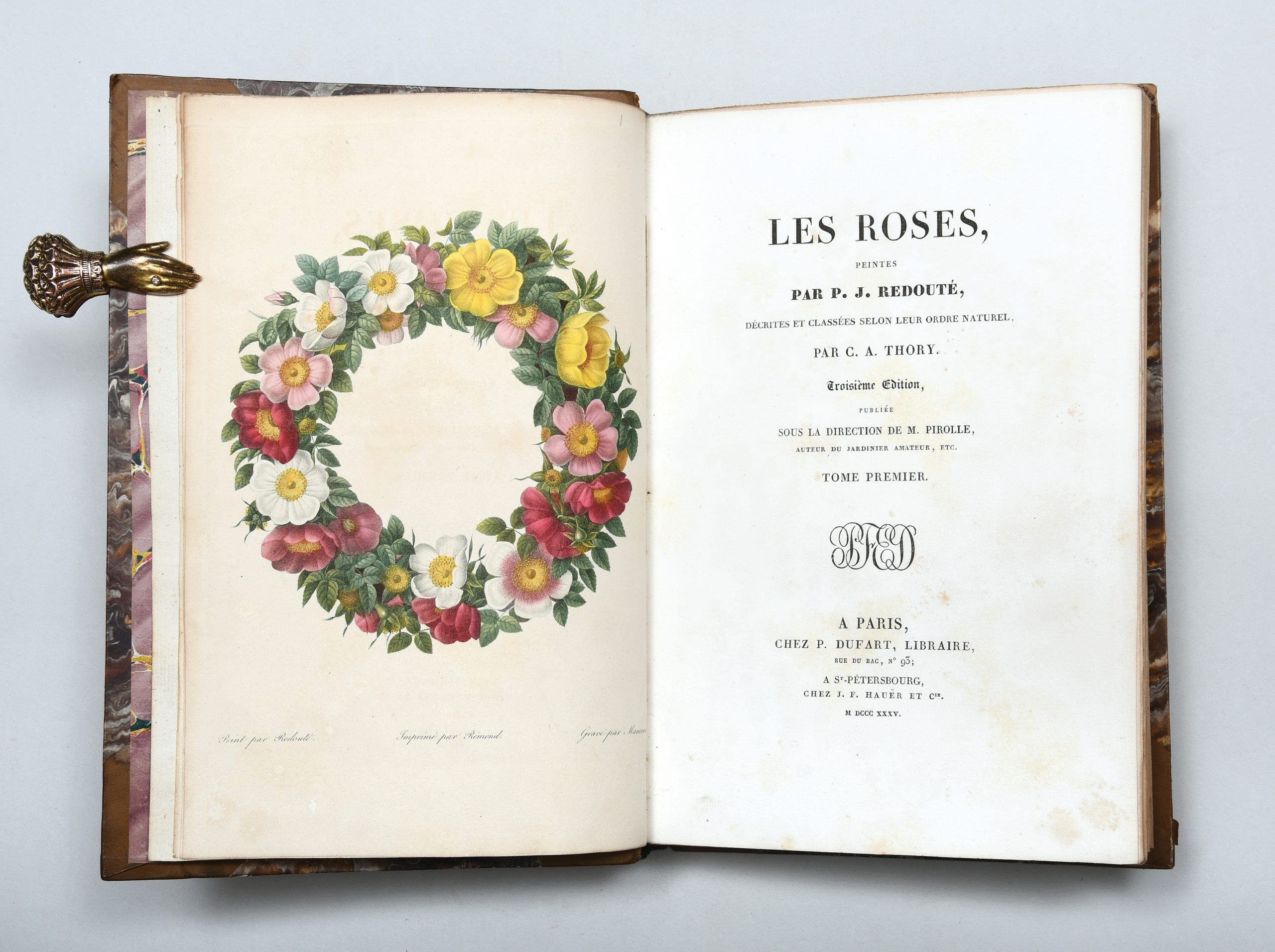
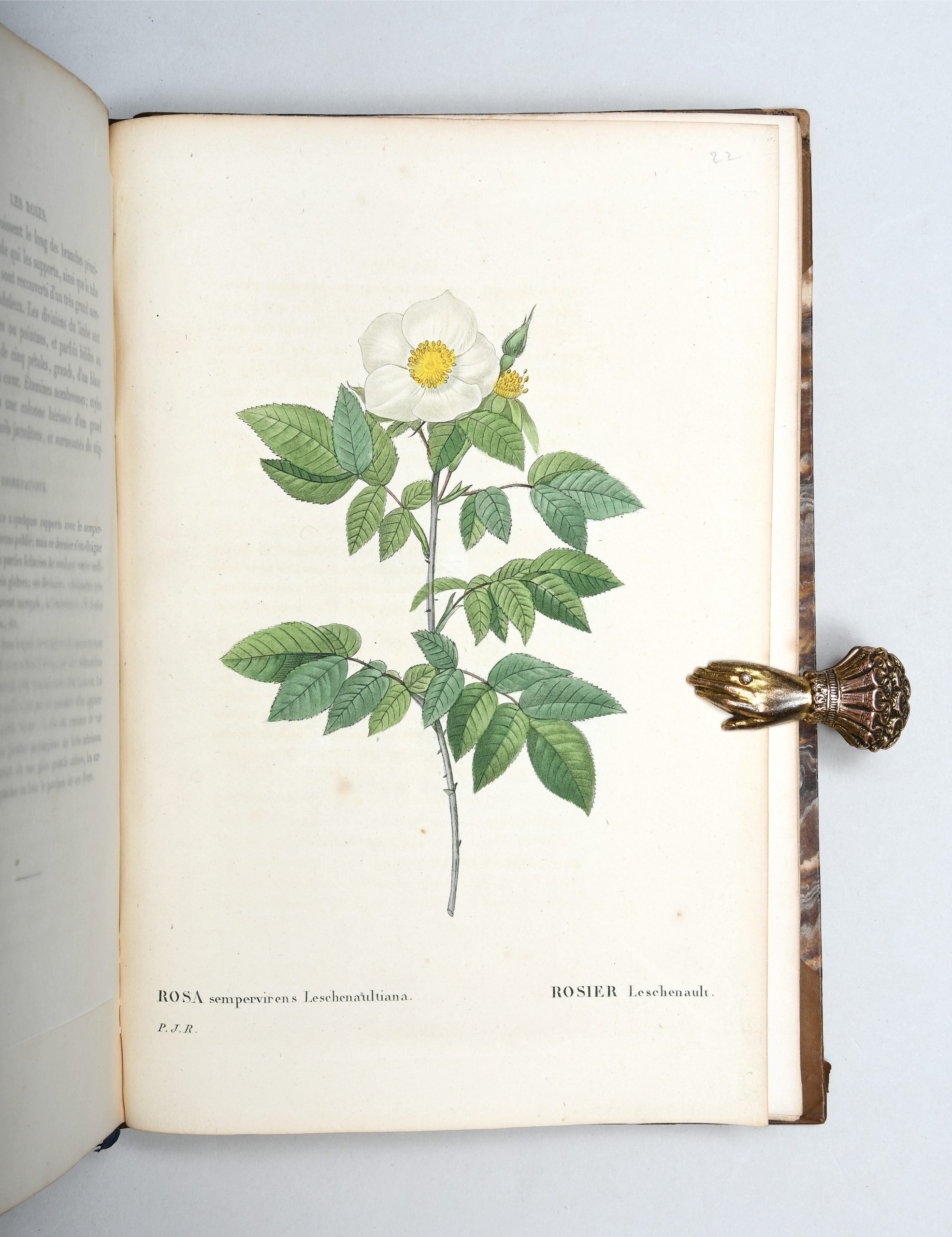
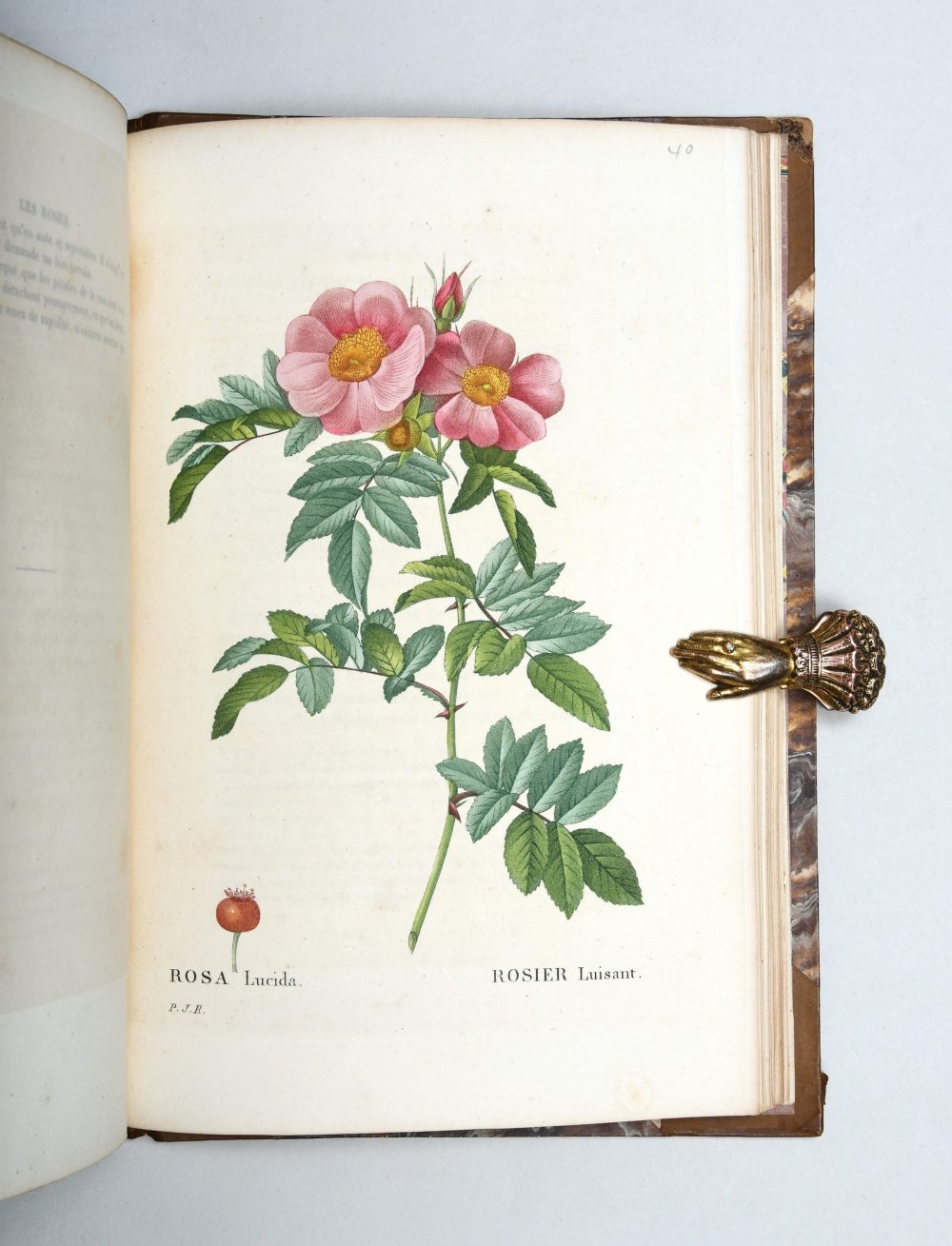
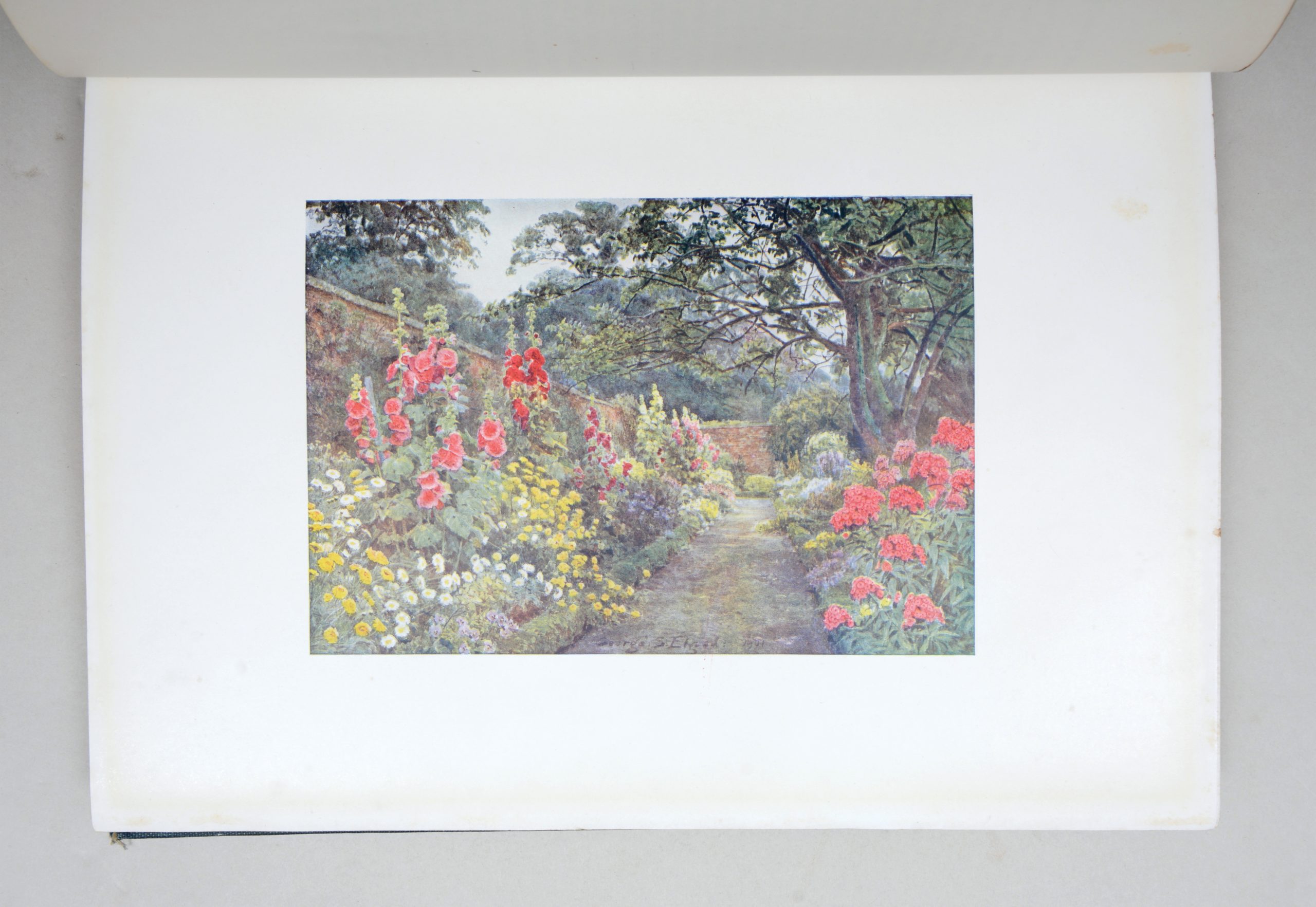
First edition of Jekyll’s most important work, Some English Gardens, one of the most attractive of English gardening books, illustrated by George S. Elgood, 1904.





